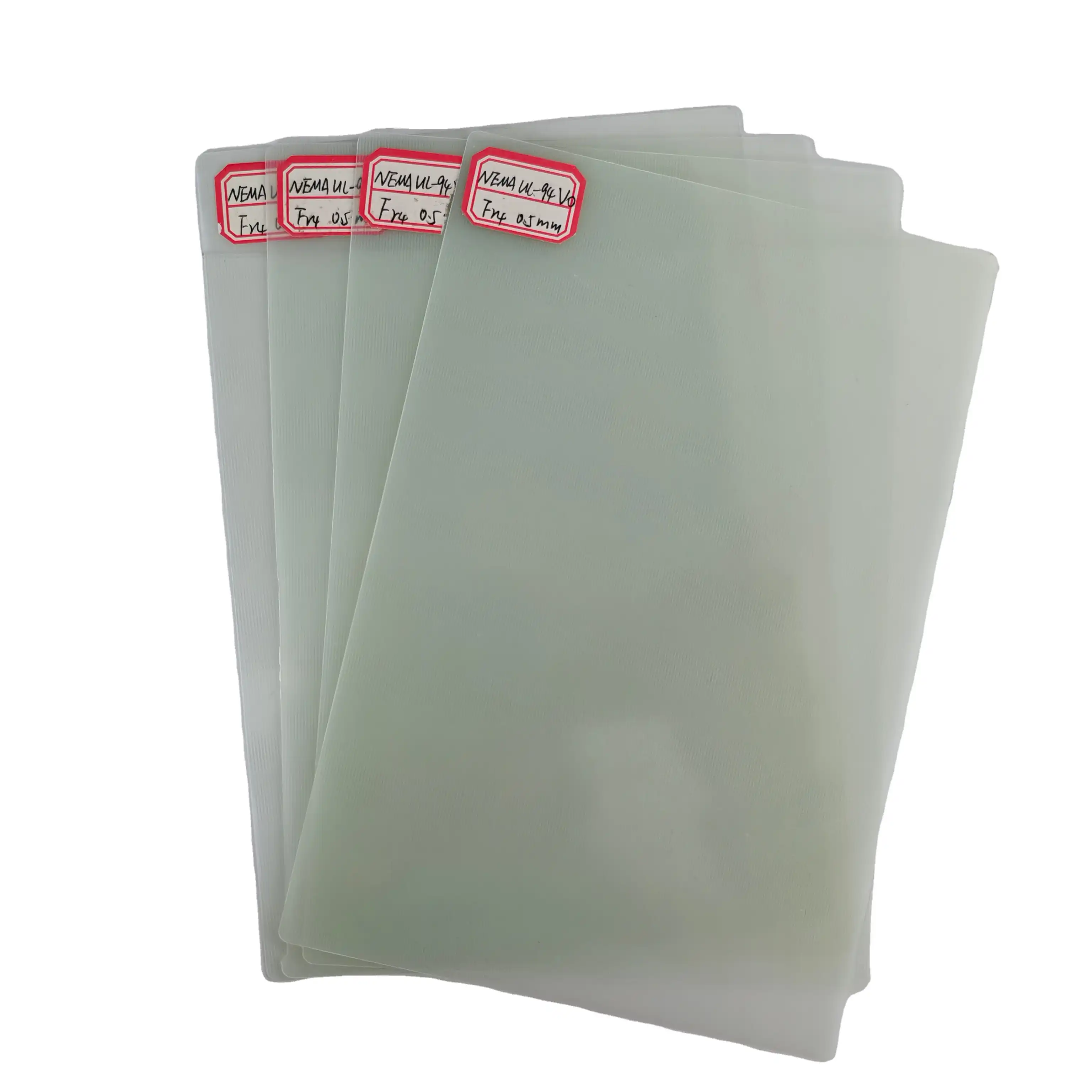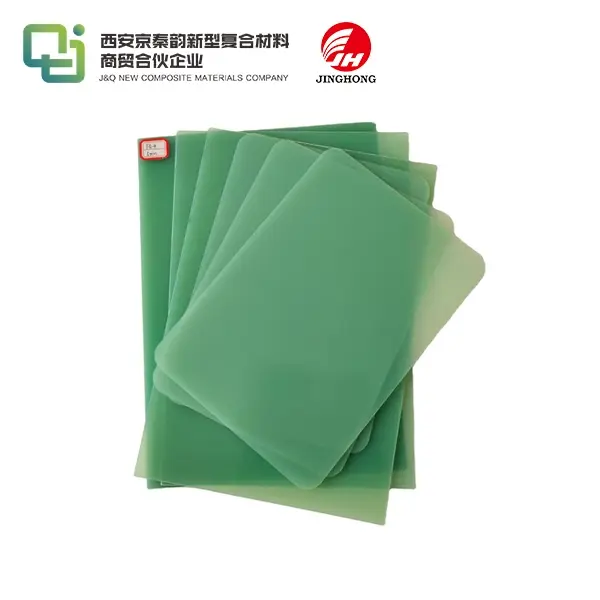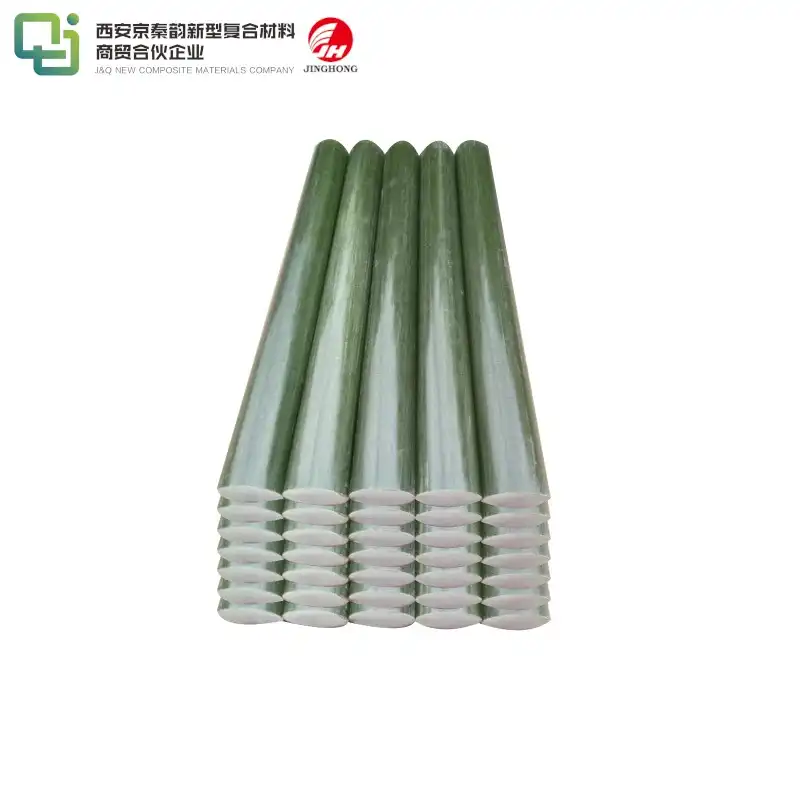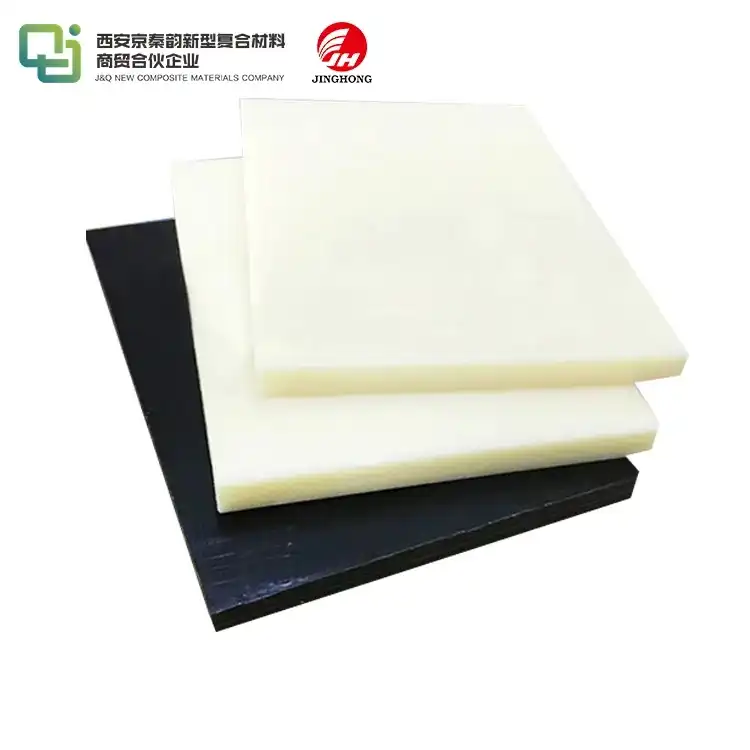What is the standard thickness of FR4 epoxy?
2024-07-04 14:58:39
Introduction
Due to its exceptional combination of electrical insulation and mechanical properties, FR4 epoxy is well-known and widely used in electronics production. It is used extensively in the production of electronic components and printed circuit boards (PCBs) as a flame-retardant glass-reinforced epoxy laminate. Its prevalence is highlighted by its powerful electrical protecting capacities, high mechanical strength, and versatility to raised temperatures, making it a foundation material in current electronic plan and manufacture.
Among the horde credits that characterize FR4 epoxy, its thickness arises as a vital boundary of huge interest and reasonable significance. Because it has a direct impact on the performance, dependability, and manufacturability of PCBs and electronic assemblies, engineers and designers alike must accurately determine the thickness of it. Optimizing designs to meet stringent operational requirements and environmental conditions requires a thorough understanding of this parameter.
In this blog, we take a look at the thickness of FR4 epoxy and make some preliminary discoveries. We dig into its nuanced importance in electronic applications, investigate the scope of varieties accessible to meet assorted plan needs, and talk about down to earth contemplations that guide its determination. By unwinding the intricacies encompassing FR4 epoxy thickness, this conversation expects to furnish perusers with extensive experiences fundamental for settling on informed choices in electronic item improvement and assembling.
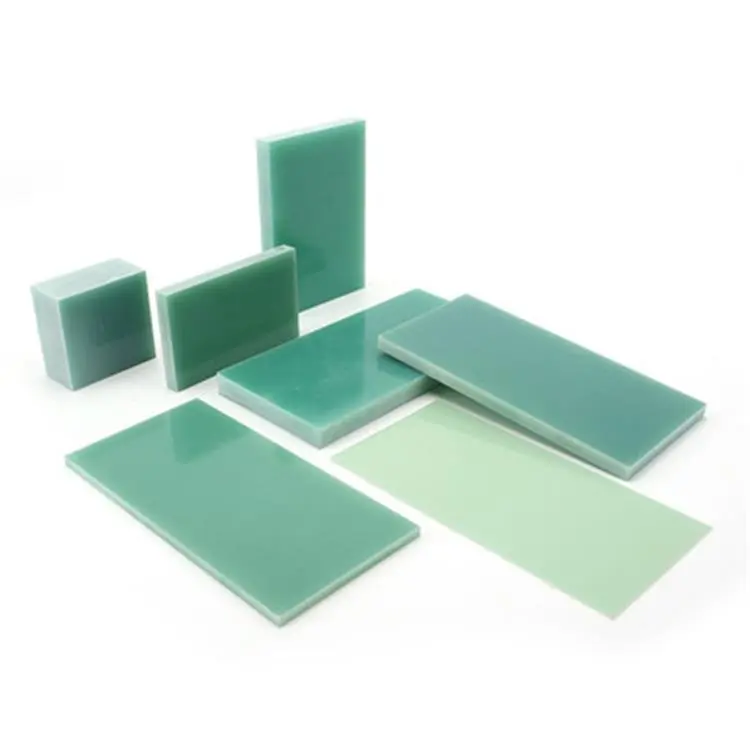
What are the Different Standard Thickness Options for FR4 Epoxy?
There are a number of standard thickness options for FR4 epoxy, typically ranging from 0.2 mm to 3.2 mm. Thickness selection is heavily influenced by the application's specific requirements and PCB design complexity. Thinner boards are best suited for applications where space is at a premium and weight reduction is essential. On the other hand, thicker boards provide superior mechanical support and can withstand higher currents without becoming overheated.
In order to meet a variety of requirements in the electronics industry, manufacturers frequently offer a selection of thicknesses. For instance, due to its balance between manufacturability and mechanical strength, a thickness of 1.6 millimeters is one of the most frequently used standards for standard PCBs. On the other hand, for small electronic devices like wearables and mobile phones, thinner versions like 0.8mm or 0.6mm are preferred.
How Does the Thickness of FR4 Epoxy Affect PCB Design and Performance?
PCB design and performance are significantly influenced by the thickness of FR4 epoxy in a number of crucial areas. This aspect influences different variables from manufacturability to warm administration, directing designing decisions in electronic gadget improvement.
First, more physical space is available for routing traces and placing components on thicker FR4 epoxy board. By allowing for greater adaptability in the layout and integration of intricate circuitry, this spatial advantage makes the design process less complicated. Engineers can improve component placement and trace width without sacrificing electrical performance or signal integrity. Besides, the extra thickness upgrades the primary trustworthiness of the PCB, decreasing the gamble of mechanical pressure and further developing sturdiness during taking care of and activity.
Due to their increased epoxy volume, thicker FR4 boards also excel in thermal management. They effectively dissipate component-generated heat, which is essential for high-power or challenging-environment applications. Further developed warm dispersal keeps up with part unwavering quality and life span by forestalling overheating and warm pressure.
On the other hand, thinner FR4 epoxy boards have distinct advantages, especially in applications where space and weight constraints are crucial. PCBs with a lower thickness are lighter, which can be advantageous for portable devices or applications where overall weight affects portability or functionality. Additionally, thinner boards are more adaptable, making them suitable for applications requiring bending or conforming to particular shapes.
Notwithstanding, engineers should consider likely difficulties with more slender FR4 sheets, like expanded defenselessness to distorting during gathering or activity. Cautious consideration regarding plan and assembling processes is fundamental to moderate these dangers and guarantee the board's primary respectability and unwavering quality.
All in all, the thickness of FR4 epoxy in PCBs is a basic boundary impacting plan decisions and execution results. Engineers must strike a balance between using thinner boards for weight savings and flexibility and thicker boards for better thermal management and routing capabilities in order to effectively meet each application's specific needs.
What Factors Should You Consider When Choosing the Thickness of FR4 Epoxy?
While choosing the thickness of FR4 epoxy for a specific application, a few basic elements become possibly the most important factor that can essentially impact the exhibition and unwavering quality of the printed circuit board (PCB):
1.Mechanical endurance:The mechanical strength and durability of the FR4 epoxy board are directly influenced by its thickness. In applications that are subjected to mechanical stress, vibration, or handling during assembly and operation, thicker boards provide greater rigidity and resistance to warping.
2.Electrical functionality:The electrical properties of FR4 epoxy, particularly impedance control and signal integrity, are affected by its dielectric thickness. Crosstalk and signal loss are reduced by thicker boards' better insulation between conductive layers. They also help to keep the impedance of high-frequency circuits stable, which is important for applications that need reliable electrical performance.
3.Heat Scattering:Warm administration is another basic thought. Thicker FR4 epoxy sheets have higher warm conductivity, empowering more effective intensity dissemination. This ability is fundamental for electronic gadgets inclined to producing heat, guaranteeing solid activity and life span by forestalling overheating and warm pressure.
4.Cost and Weight:The production of thinner FR4 epoxy boards typically results in lower costs and lighter weight. This makes them favorable for applications where cost productivity and compactness are focused on, like purchaser hardware and cell phones. However, when robustness and dependability outweigh cost considerations, thicker boards may be required.
5.Constraints on Manufacturability and Design:The thickness that is chosen needs to be in line with the limitations of the design as well as the capabilities of manufacturing. Thicker sheets might require changes in gathering cycles and contemplations for space imperatives inside the item fenced in area. Thinner boards, on the other hand, allow for more design and layout freedom, but they may require additional support or reinforcement to meet electrical and mechanical requirements.
In conclusion, a comprehensive evaluation of mechanical durability, electrical performance, heat dissipation requirements, cost considerations, and manufacturing constraints should guide the choice of FR4 epoxy thickness. Designers can ensure that the chosen thickness best supports the PCB's functionality, dependability, and longevity in its intended application by carefully balancing these factors.
References
1. [PCB Material Selection Guide](https://www.pcbway.com/blog/PCB_Material_Selection_Guide.html)
2. [Understanding PCB Materials and Specifications](https://www.epectec.com/articles/pcb-materials-specifications.html)
3. [FR-4 PCB Material Properties](https://www.electronicproducts.com/PCB_Fabrication/PCB_Materials/FR_4_PCB_Material_Properties.aspx)
4. [The Basics of FR4 PCBs](https://www.altium.com/solution/fr4-pcb)
5. [Choosing the Right PCB Material](https://www.allaboutcircuits.com/technical-articles/choosing-the-right-pcb-material-considerations/)
6. [PCB Substrate Selection Guide](https://www.7pcb.com/blog/pcb-substrate-selection-guide/)
7. [Introduction to FR4 PCBs](https://www.pcbdirectory.com/blog/introduction-to-fr4-pcbs)
8. [Impact of PCB Thickness on Design](https://www.epectec.com/articles/impact-of-pcb-thickness-on-design.html)
9. [Understanding PCB Layer Stackup](https://www.protoexpress.com/blog/understanding-pcb-layer-stackup/)
10. [Practical Tips for PCB Design](https://www.electronicdesign.com/technologies/boards/article/21800485/practical-tips-for-pcb-design)

